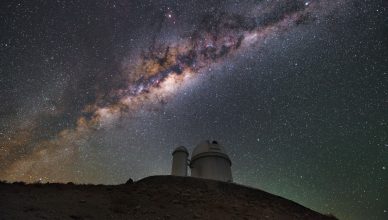
New planet hunter to be installed in La Silla Observatory
The new instrument, called NIRPS, will be installed in ESO’s 3.6 meter telescope, and has the participation of Instituto de Astrofísica e Ciências do Espaço (IA).
Read more
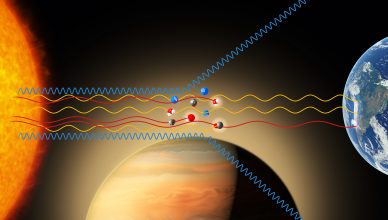
First detection of Titanium Oxide in the atmosphere of an exoplanet
This observation, published today in Nature, has the participation of an Instituto de Astrofísica e Ciências do Espaço (IA) collaborator.
Read more
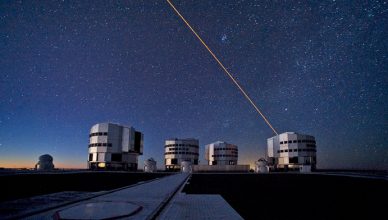
New worlds await ESPRESSO
The adventure is about to start for ESPRESSO, the future discoverer of new Earths, co-produced by Instituto de Astrofísica e Ciências do Espaço (IA).
Read more
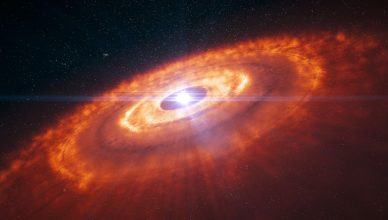
Evidence discovered for two distinct giant planet populations
This result, discovered by researchers at the Instituto de Astrofísica e Ciências do Espaço (IA), hints at the existence of two separate formation mechanisms for giant exoplanets.
Read more
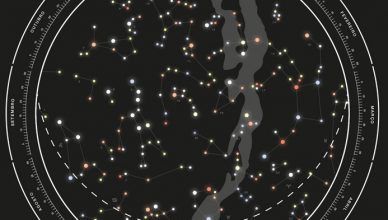
Design and Astronomy in display at Fabrica Features
A design exhibition includes science communication projects, resulting from a partnership between the Instituto de Astrofísica e Ciências do Espaço and the Fine Arts Faculty of the University of Lisbon.
Read more

European Space Agency Adopts PLATO mission
This mission, in which Instituto de Astrofísica e Ciências do Espaço (IA) is a partner, was adopted today by ESA’s Scientific Programme Committee.
Read more
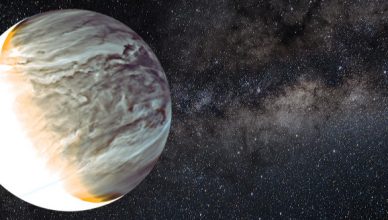
A preview of the Venus atmosphere in 3D
The first approach to the global dynamics of the atmosphere of Venus is the product of a worldwide collaboration, which includes a team at the Instituto de Astrofísica e Ciências do Espaço (IA).
Read more
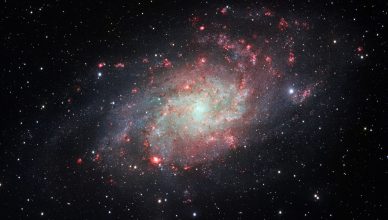
FADO: a ground-breaking tool to reconstruct the history of galaxies
Developed by Instituto de Astrofísica e Ciências do Espaço (IA) researchers, FADO is a novel approach in the study of galaxies, using genetic algorithms.
Read more

